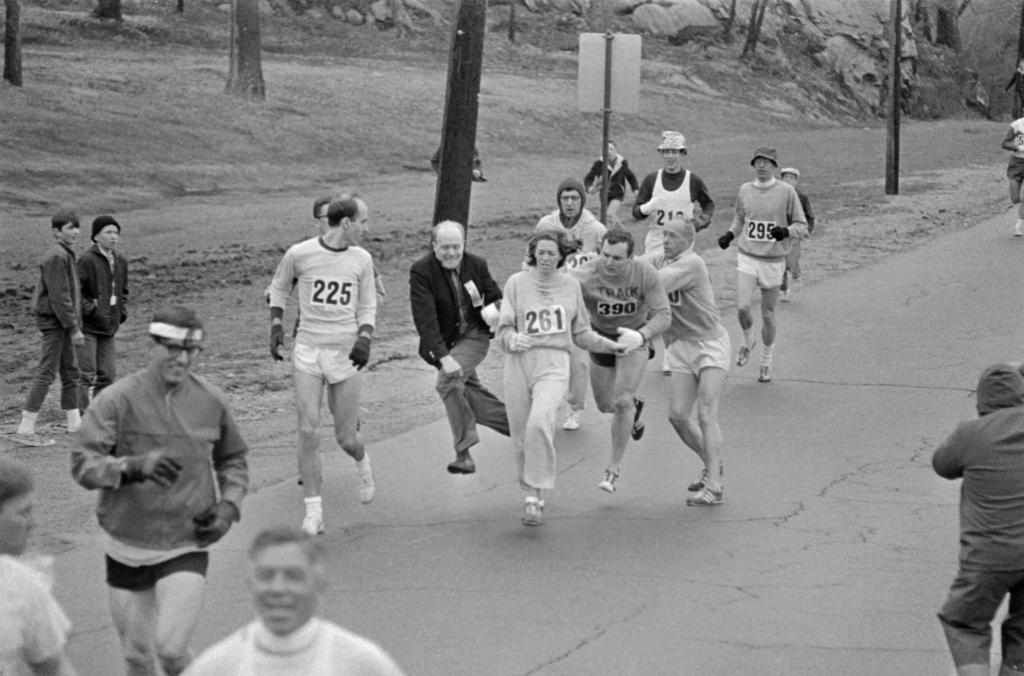
Runners compete in the New York City Marathon in New York on November 3, 2024. David Dee Delgado/AFP via Getty Images
The 2024 New York City Marathon officially broke the world record for marathon finishers, with 55,646 runners from all over the world crossing the finish line earlier this month. It’s a far cry from the race’s humble beginnings: In 1970, just 55 runners completed the race, which then only entailed laps around Central Park.
The record-breaking participation in this month’s run came as no surprise to me, because I have seen the growing popularity of marathon running in my own life: This year, I cheered on six of my friends from the sidelines. And last year, I even ran the race myself.
In the past few years, my circle of 20- and 30-somethings has transitioned away from boozy late nights in favor of early-morning meetups at the track. Suddenly, I have strong opinions on brands of gels and shoes and run belts. I spend my weekends cheering at all sorts of races. Running culture has taken over our lives.
As it turns out, we’re part of a global trend toward marathon participation in recent decades — a phenomenon that’s been helped along further by the pandemic-era running boom.
Twenty-somethings like me are a big reason for the jump: 15 percent of NYC Marathon finishers in 2019 were in their 20s. Just four years later, in 2023, they made up 19 percent, according to the Atlantic. At the Los Angeles Marathon those same years, the proportion of 20-something runners grew from 21 percent to 28 percent.
That growth prompted the Atlantic to dub running “the new quarter-life crisis.” And while “crisis” usually connotes some sort of negative spiral, my cohort’s new running obsession could be viewed less as a symptom of all that’s gone awry for our generation and more as a positive rebellion against it.
Why so many young people are taking up distance running
Marathons in general are simply becoming more inclusive: Women’s participation was first allowed in the 1970s and has only recently started to achieve something like parity with men’s. There are also more finishers of color.

The director of the Boston Marathon tries to grab a lone female runner, Kathrine Switzer, in 1967 when she ran the then all-male race.
Getty Images
But for the Gen Z demographic, another key driver is just … the way life is right now.
“A lot of them started running during the pandemic. A lot of them were starting careers at that time, were graduating from college and maybe didn’t have a real graduation, maybe didn’t have these normal adult milestones,” says journalist Maggie Mertens, the author of the book Better Faster Farther: How Running Changed Everything We Know About Women. “They see homeownership and marriage and kids as kind of out of reach — further out of reach than even the millennial generation did.”